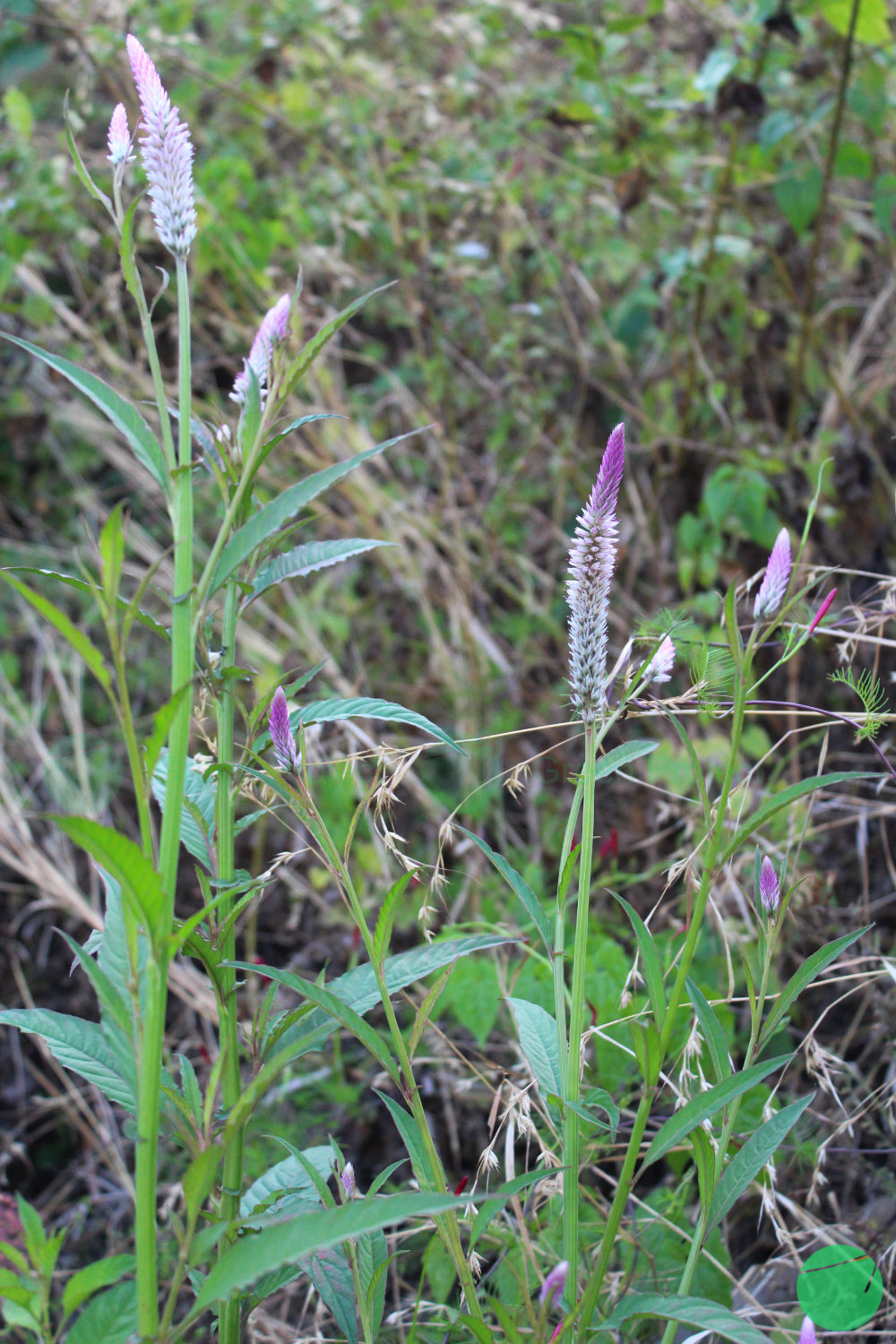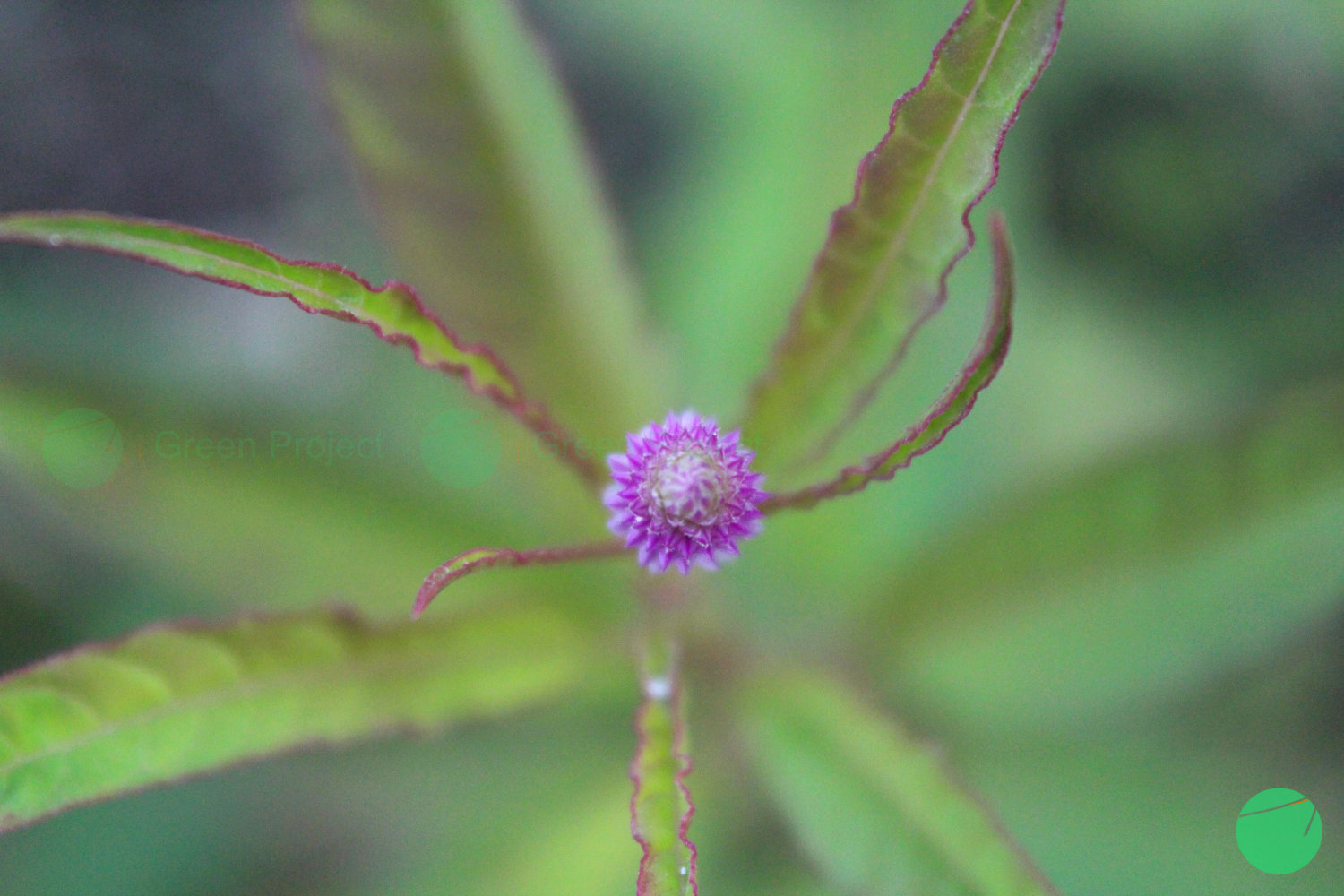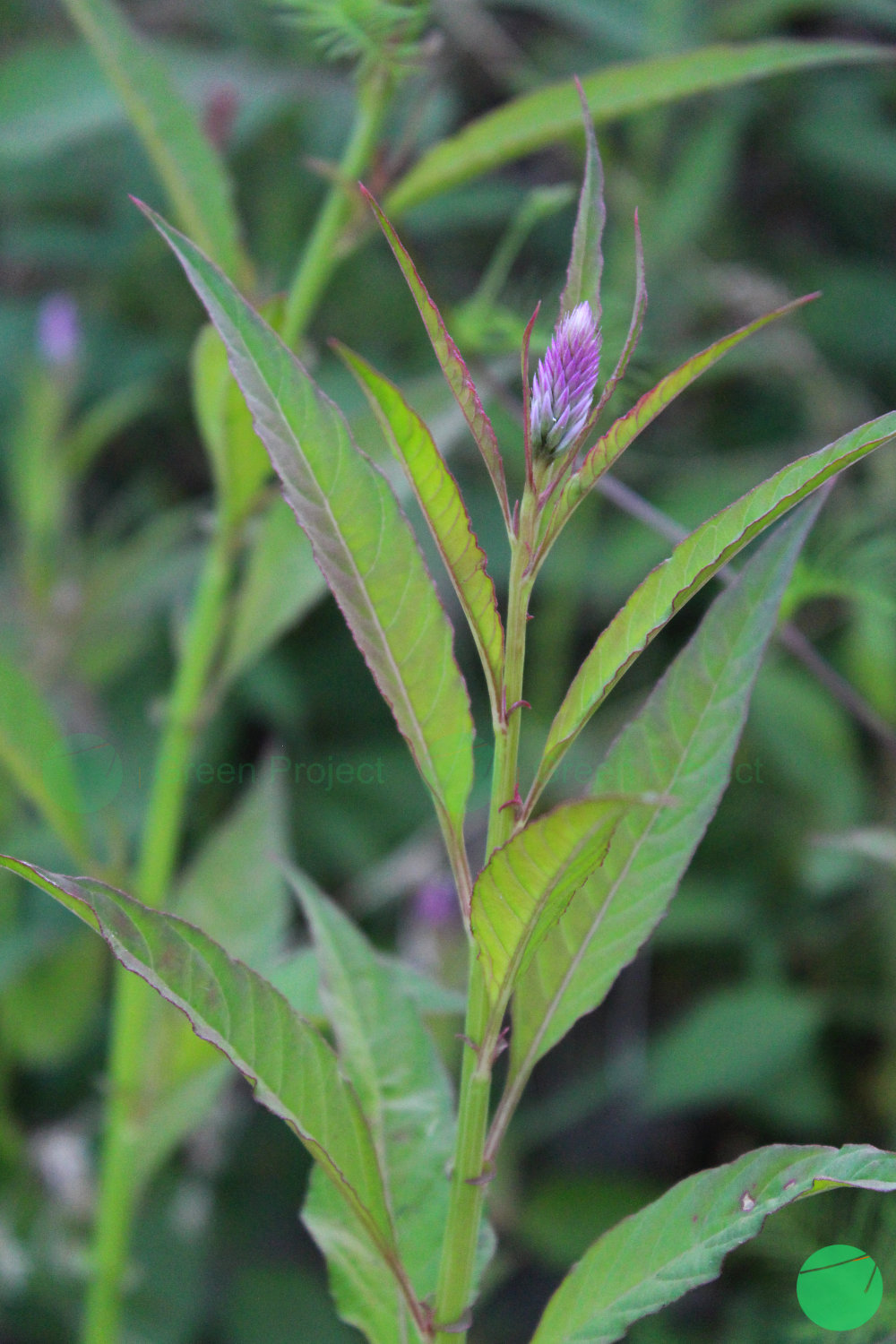Naming Identity
Jengger ayam plant or better known as boroco in Indonesia is scientifically called Celosia argentea in Latin. Internationally this plant is known as cockscomb.
The genus name, kelos, comes from the Greek word meaning to burn and refers to its colorful blooms with a shape similar to a flame. The species name, argentea, means "silvery," referring to the species' glossy white bracts and tepals (The North Carolina Extension Gardener Plant Toolbox).
In Indonesia, this plant has many names based on the regional language. Among them are, bayam ekor Belanda, bayam kucing, kuntha, bayam kasubiki, bayem cenggeng, bunga tali, tatara manuk, sapiri manu, bunga api - api, laya, langgelo, kaputi ayam, rangrang jangang, bunga lali manu, puwa ri sawito, jawer hayam, jawer kotok, jhanggar ayam, rebha magsor, celala, banda ulu, wire, kolak, toko, marerede, sule - sule, janggar siap, ndae ana sina dan bunak manula.
Taxonomy
Kingdom | Plantae |
Phylum | Tracheophyta |
Class | Magnoliopsida |
Order | Caryophyllales |
Family | Amaranthaceae |
Genus | Celosia |
Species | Celosia argentea |

Origin
It is almost impossible to determine exactly where this plant comes from, but cockscomb is believed to be a native plant that grows widely in tropical regions of Africa, America and Asia, including Indonesia, China, India, and Nepal.
Celosia is a genus of plants consisting of approximately 50 varieties of species with a dark red crested plant variety that was introduced to Europe in 1570. During the 18th century AD, boroco was considered a pot plant in England while with the American colonists, the plant was a flower popular garden (History, “Celosia - Harvesting History”, 2016). Meanwhile, now in China, this plant is declared a serious weed.

Shape Description and Growth
Cockscomb is a short-lived annual herbaceous plant. This plant can grow to a height of up to 81 cm depending on the variety.
This plant produces dense, wavy flowers that resemble the red comb on a rooster's head, as it is known as the cockscomb plant. The colors of the flowers range from white and yellow to shades of orange, red, and purple. The flowers can be dried and used in bouquets.
Cockscomb produces oval leaves arranged alternately along the stem and often hanging from reddish petioles. This plant is said to produce quite a lot of seeds with relatively easy growth.
Cockscomb prefers full sun as well as moist, well-drained soil. However, this plant can also tolerate poor dry soil.

Parts of Cockscomb that are Commonly Consumed
Several sources say that apart from being used as an ornamental plant, cockscomb can also be processed into food and is a vegetable that has nutritious content. The leaves, tender stems and young shoots are cooked by boiling and used in soups and stews. The seeds produce oil that can be consumed (Plants For A Future, 2023).
Ingredients and Benefits of Cockscomb for Health
Boroco leaves have a high content of beta-carotene as well as vitamin E, folic acid, ascorbic acid, calcium, iron, protein and amarantin (Brassica, 2023).
In traditional Chinese medicine, cockscomb, better known as Qingxiang, has been widely used to improve vision function, as well as ulcers, as an anthelminthic, to treat blood trauma and hygro-paralysis. However, extracts from the cockscomb plant are not recommended for patients suffering from glaucoma because they can spread the papillae (Tang et al., 2016).
In China, this plant is usually collected in autumn when it is ripe, then the plant is picked or cut, dried, then the seeds are collected and ground.